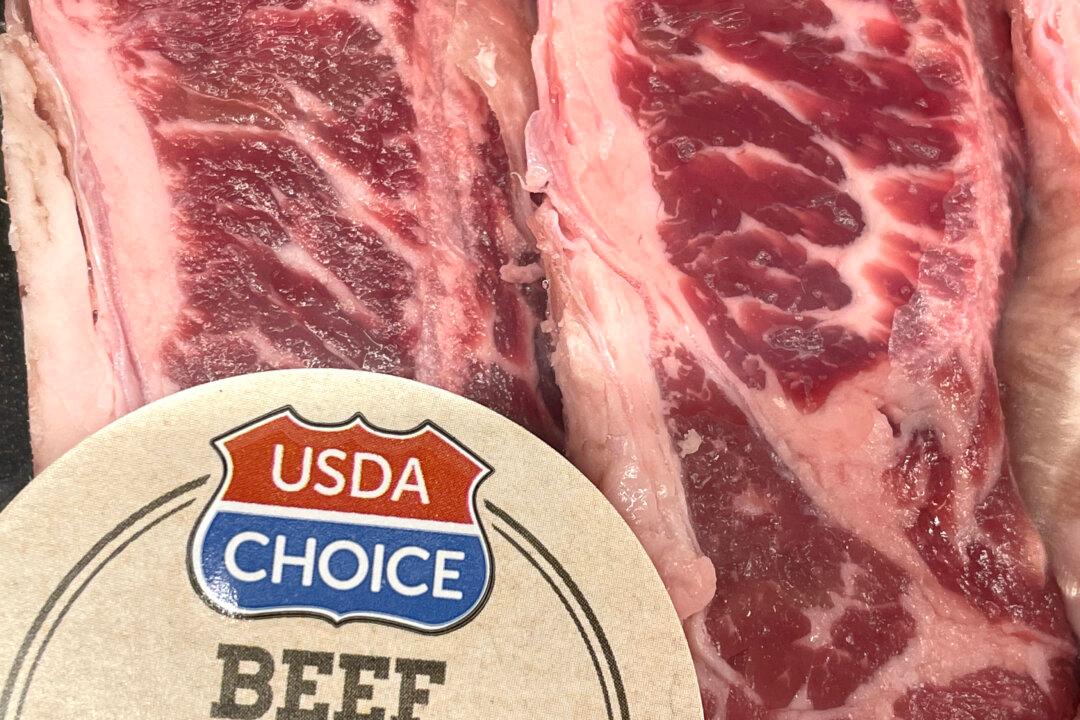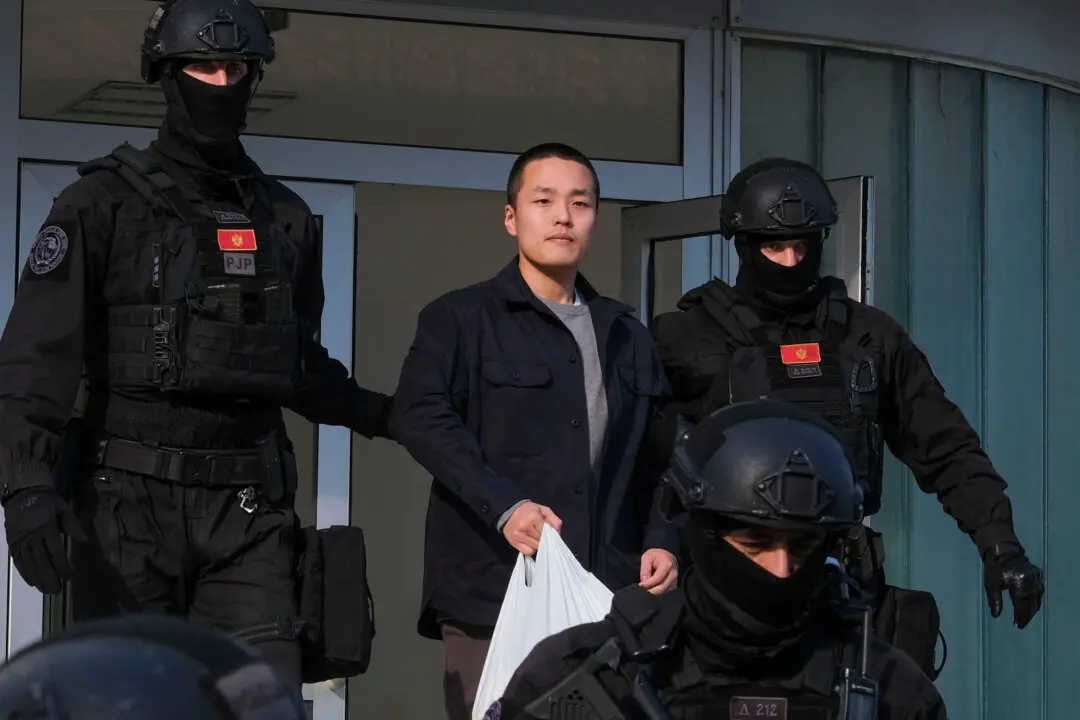Agriculture Secretary Tom Vilsack told House lawmakers that his department has received hundreds of comments in response to the USDA’s plans to invest $500 million to expand meat and poultry processing in the U.S. to boost competition in the livestock industry.
“We’re now in the process of analyzing those comments in order to establish and structure the program,” Vilsack told members of the House Agriculture Committee.





